For novelist LG Thomson, writing about her own life is a departure from the norm.
But her newest book, Modernist Dreams, Brutalist Nightmares, does take place in a ‘made up’ town.
Part memoir, part family history and part study of a place, the book examines Thomson’s life growing up in “invented” town Cumbernauld during the 60s and 70s, surviving childhood sexual abuse and finding her place in a world where she had no real roots.
“My parents, everybody I knew came from Glasgow, they belonged to Glasgow,” explains Boyle’s Law author Thomson, 58.
“But I was growing up in a place [Cumbernauld] that had been invented. We had a French name… and it turned out even the name was invented! And so I never really felt that I belonged anywhere.”
‘Town for tomorrow’
A member of the first generation of “town for tomorrow” Cumbernauld’s population, Thomson recalls an optimism about the town that would be tough to reconcile with its image today.
“It was such an incredible thing, this whole idea of Cumbernauld. It was the most ambitious of the experimental new towns,” she says.
“My first home, in Springburn, was a one-room flat with a communal toilet on the stairs shared by four households.
“So going from that to this shiny ‘town for tomorrow’, to inside toilets and gardens, it was incredible.”
The book dives into some of the unique planning features of the Glasgow suburb, including Britain’s first indoor shopping mall and leisure centre, and the complex system of underpasses and bridges which meant, as Thomson says: “You never had to cross a road!
“It was, at that time, Britain’s safest town. It was just this very exciting place.
“Of course,” she adds, “the dream all went a bit wrong.”
As the initial optimism of Cumbernauld’s future waned, the ‘Brutalist Nightmare’ made its way into the author’s own life too, and she longed more than anything to get out.
Child abuse nightmare
“I was sexually abused as a child, by a family friend,” she reveals candidly. “Obviously being abused wasn’t great.
“Also I hated high school, absolutely despised it. So I couldn’t get to get away – and get away from Cumbernauld in the end.”
Thomson eventually left Cumbernauld to study art in Dundee, and after working in the city for a few years, love took her to Ullapool.
Now, after 20 years in the Highlands and of writing mainly fiction, what was it like to revisit her origins?
“[Writing memoir] is a very different process, in terms of where you’re coming from – but in the end, it’s the same thing,” she explains.
“The first draft of this book was really just a big emotional blurt. Writing about the sexual abuse, for example, was extremely hard.
“But once it’s down, and you’ve got a bit of distance, you just start treating it like words, the way you would with anything else.”
Despite feeling a little “exposed” before the book came out last month, Thomson says writing it helped her come to terms with her story – the good parts and the bad.
“I feel pretty resolved now!” she says brightly. “It was a terrifying thing to do. But I felt like, ‘Well, I’m entitled to tell my story’ – and it’s resonating with other people.”
‘The Formica table in the kitchen’
Indeed, the first printing of the book has already sold out, and readers from all over the world have found themselves in what began as a very localised story.
“People are getting excited because I’m taking about the Formica table in the kitchen,” Thomson laughs. “They’re going: ‘I remember that!’ So people recognise something of their own lives in it, and I think that’s great.
“The first review’s gone up on Amazon,” she says, “and it’s somebody older than me, who grew up in the 1950s in a council flat in London, and the whole thing resonated with them.
“One of my editors, her granny grew up in Colorado. And she was going: ‘My granny was just like your granny!’ – except her granny wore cowboy boots.
“So yes the time is specific, the place is specific, but a lot of the stuff in it is universal – unfortunately so, in a lot of cases.”
For Thomson, the book represents an “ordinary working class life” and she believes the more stories like hers that are published, the better.
“When working class stories get told, you’ve got all this stuff about drug or alcohol abuse,” she observes. “And that is one story, but it’s not the only story.”
- Modernist Dream, Brutalist Nightmares by LG Thomson, published by Outcast Press, RRP £12.95, is available on Amazon now.
- If you are affected by the issues mentioned in this article, resources are available on The Survivors Trust website.
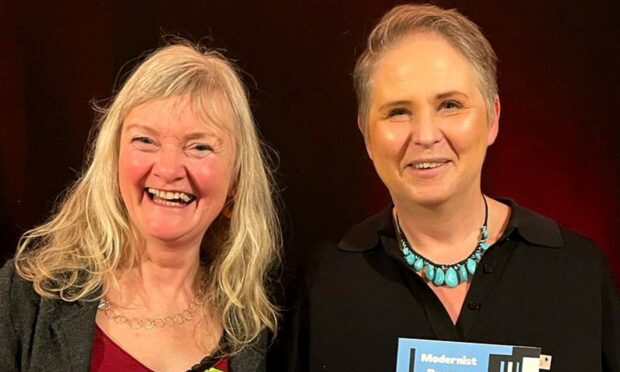
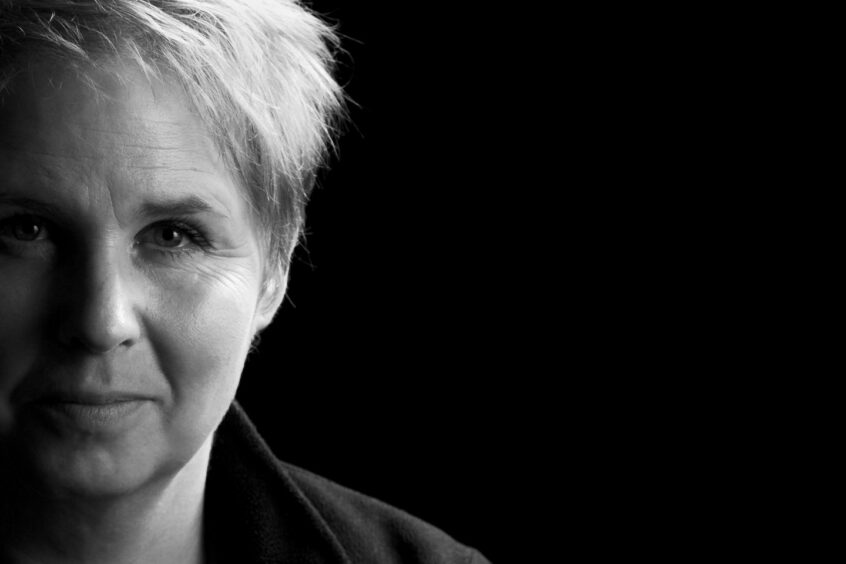
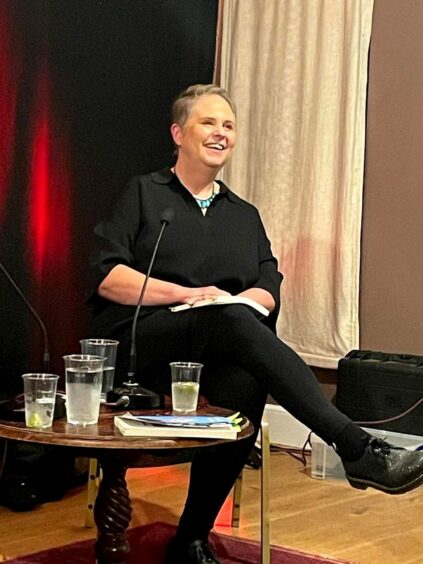
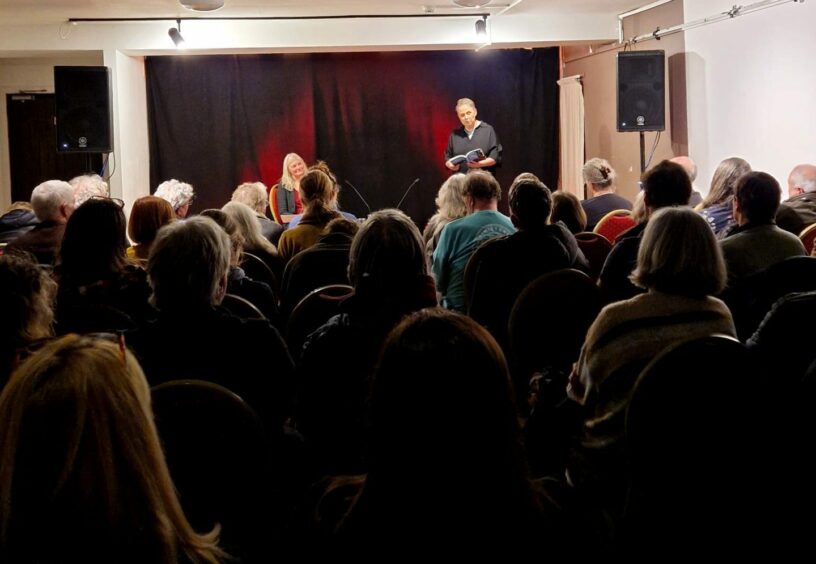









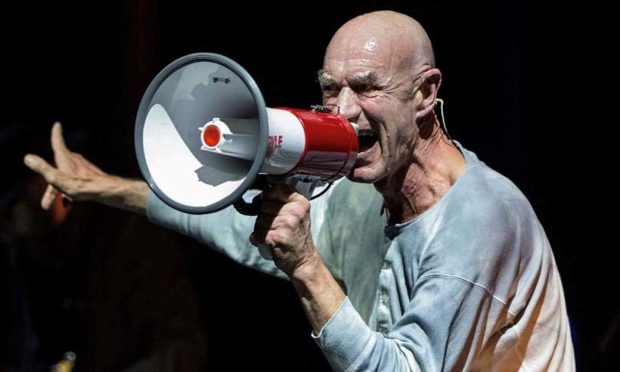
Conversation